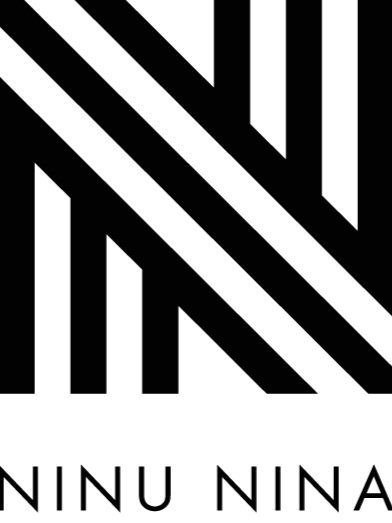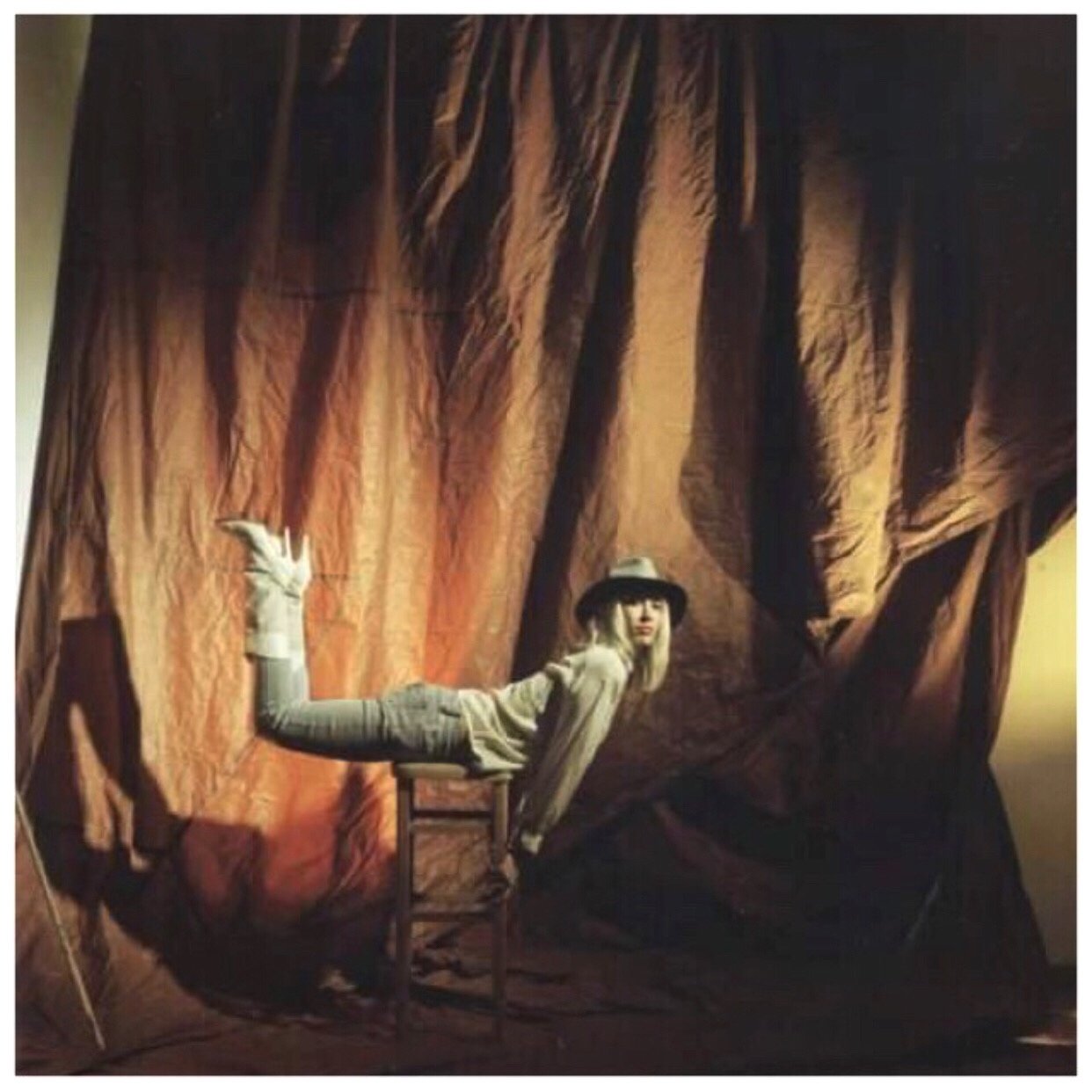CRISTINA RESTREPO LOBO
I was born in Colombia and studied French, French Civilization, and Applied Arts in Paris. In 2003, I moved to London where I studied Fashion Photography and submerged myself in the emerging art scene of the East End where I lived for eight years. During that time, I collaborated with other artists, musicians, poets, and photographers. Creative types squatted massive abandoned buildings turning the area into a creative hub. Sporadic jam sessions, pop-up exhibitions, poetry recitals, impromptu gigs, photo shoots, music videos, short films—it was all happening and I was fortunate enough to be in the centre of a creative revolution. In 2011, I returned to Colombia and remained there until 2017 when I moved back to East London.
I currently live and work in Bethnal Green.
Tell us about your greatest inspirations and/or influences.
Some of the most innocent and mundane things inspire me greatly. What I call views from above, for example, have been a major source of inspiration. When I’m flying and we haven’t yet reached cruising level, I take photos of the line formations of the ground below, the fragmentations that occur naturally, and the color patterns that arise as a result of those fragmentations. There seems to be a perfect order which I then try to translate into my work. I like to think of it as a type of organized chaos.
Regarding influences, I would say music plays a huge role during the moment of creation. From hard rock to classical, depending on what’s coloring my mood, I let music guide the course of the structure the way a puppeteer manipulates a puppet. The energy of the initial outline creates a certain rhythm, a strange sense of perfect harmony.
Tell us a bit about your creative process.
I first choose the surface and size of the piece. Lately, I’ve been experimenting with all sorts of recycled materials. From paper salvaged from boxed deliveries to cardboard boxes, old doors, and metal sheets found in skips. Then, I paint the background of the chosen surface. This is the initial layer. After it has dried, I carefully observe what’s in front of me and become closely acquainted with this new open space of color. Then, I dress in my leotard and immerse myself into a piece of music whilst creating the structure through a series of physical movements, sometimes slow, other times erratic. This process can be quite physically intense. After this initial outline, I sit back and analyze the result. Then, I start painting around and inside the lines. Most of the time the outline is respected. This helps me organize the chaos initially created. It also helps me organize my thoughts. It’s like a sort of meditation.
At times it’s a pleasant process that flows easily. Other times it’s very difficult. The painting will create major resistance, it won’t let me figure it out so a friendly struggle ensues. I paint on top of what I’d already painted, erase some sections and, sometimes, start again.
How has the pandemic affected your creativity and how do you see the world changing?
Before the pandemic started, I was going through a creative block and I couldn’t get out of it. Lockdown gave me a chance to quiet down and dig deep, work within, and get to the core of the block. During the first few months nothing creative happened, but I kept doing the internal work and digging deep. Then, one day whilst showering, I felt it was back—that visceral need to create. That same day, I returned to the studio and started a journey of creation that has led me to experiment with new techniques. I haven’t stopped since.
I would say the world is changing in a way where algorithms have become more important than rhythms in nature.
Who do you consider to be an icon of our time?
Cristiano Ronaldo.
What does wellbeing mean to you, and what do you practice?
Wellbeing is about being happy and at peace with your daily choices. I mediate and practice pranayama (breath work.) I’ve also practiced yoga regularly for over 15 years. I eat a healthy diet, but I also eat naughty treats and sometimes drink and dance until sunrise. Wellbeing is about finding the middle path.
Anything else you would like to share?
For the past four years I’ve been working on a Polaroid series. People that visit my studio are asked to choose a piece and interact with it in whichever way they want. This interaction is photographed and is currently part of an ongoing project.








